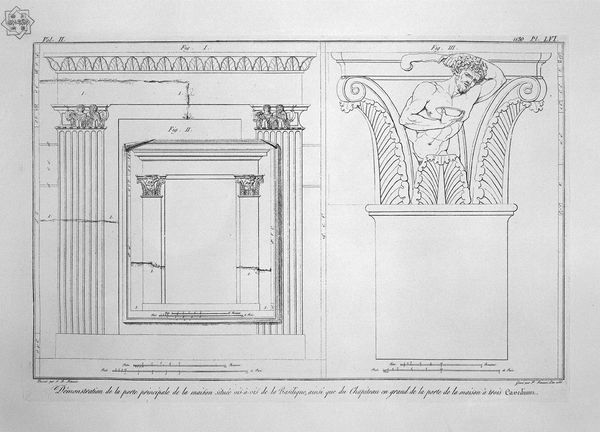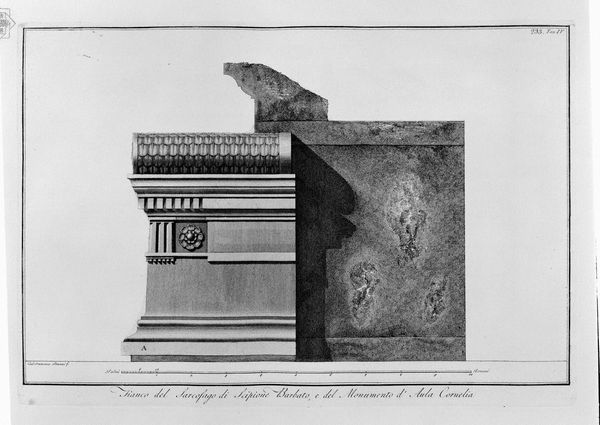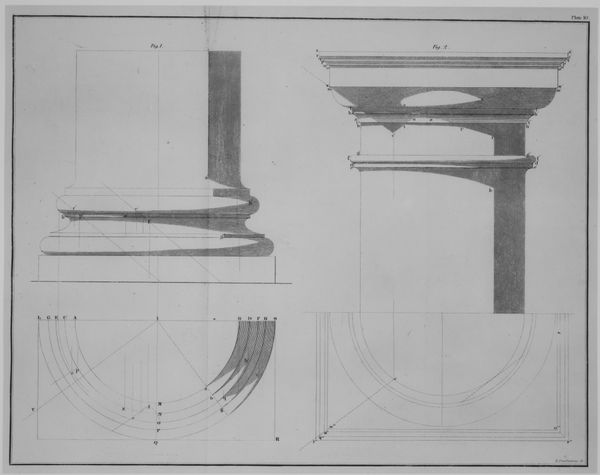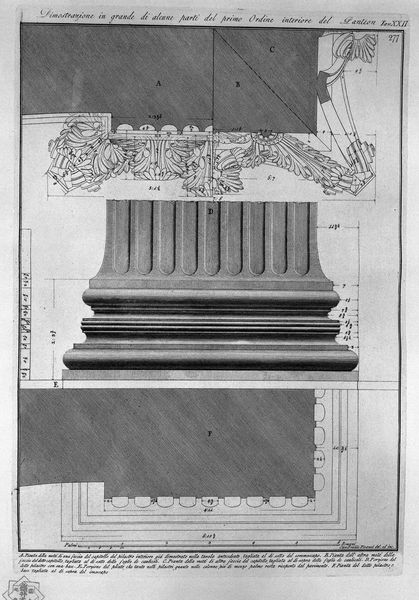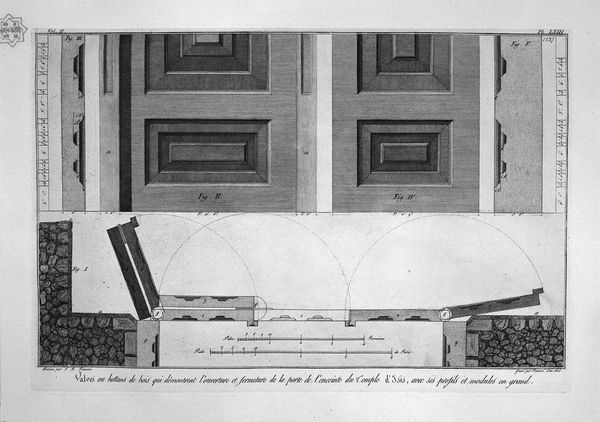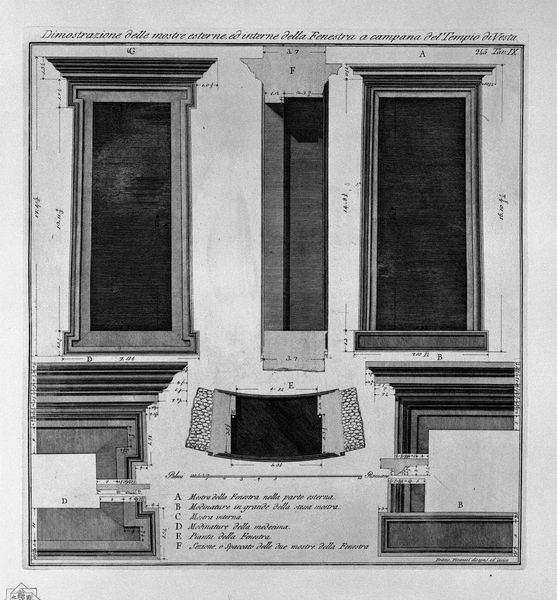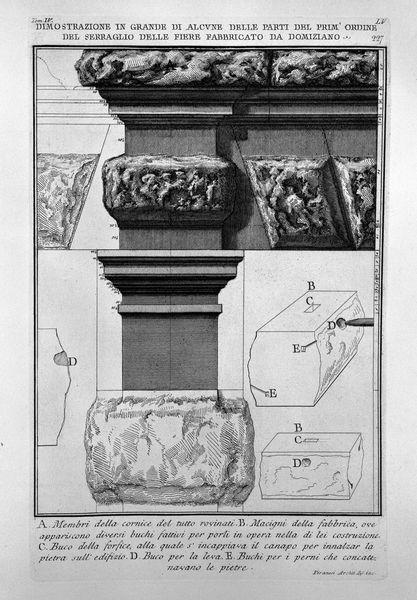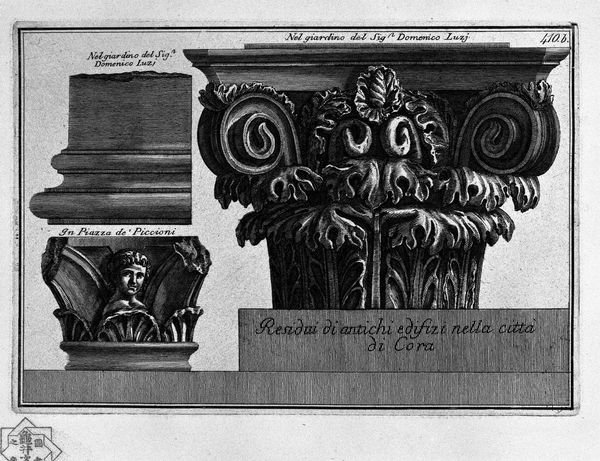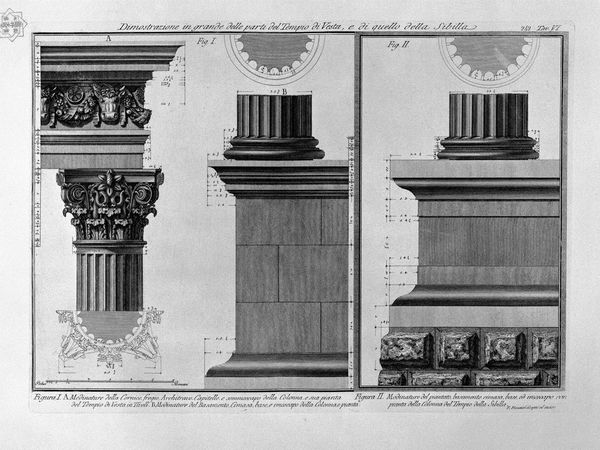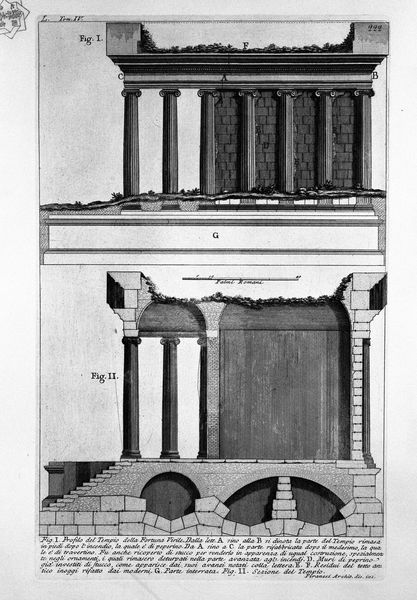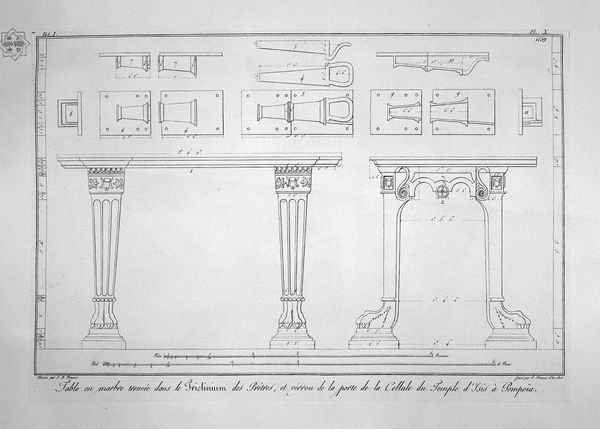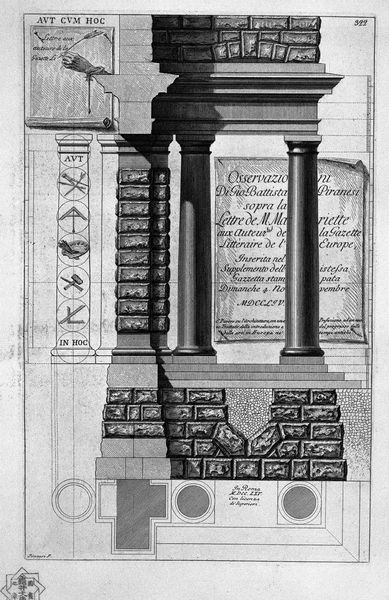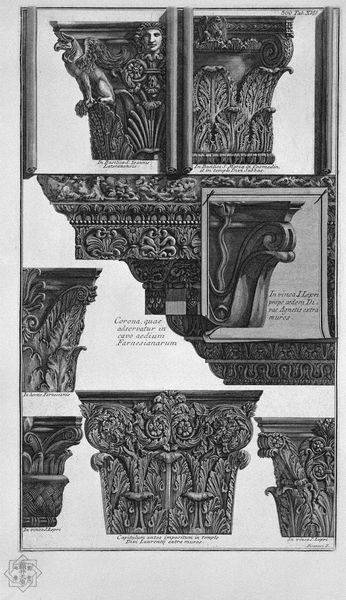
drawing, pen, architecture
#
drawing
#
sculpture
#
ancient-egyptian-art
#
form
#
geometric
#
ancient-mediterranean
#
line
#
pen
#
architecture
Copyright: Public domain
Giovanni Battista Piranesi made this etching of an altar and sacred furnishings of an Egyptian temple in the 18th century. Piranesi never visited Egypt; instead, this image comes from his study of Egyptian artifacts, an area of increasing interest for European scholars at this time. We can see how Piranesi’s image creates meaning by its visual codes, such as the use of linear perspective. This was a favored representational technique of the 18th century, associated with the rise of scientific rationalism. At that time, institutions like museums, galleries, and schools, also shaped the reception of art. In this case, archaeological interest in Egypt was being led by the scientific community. Historians look at the social conditions that shape artistic production. This etching can tell us something about the interest in other cultures that was prevalent at the time. We can use research resources to understand the reception of Egyptian culture in 18th century Europe.
Comments
No comments
Be the first to comment and join the conversation on the ultimate creative platform.
